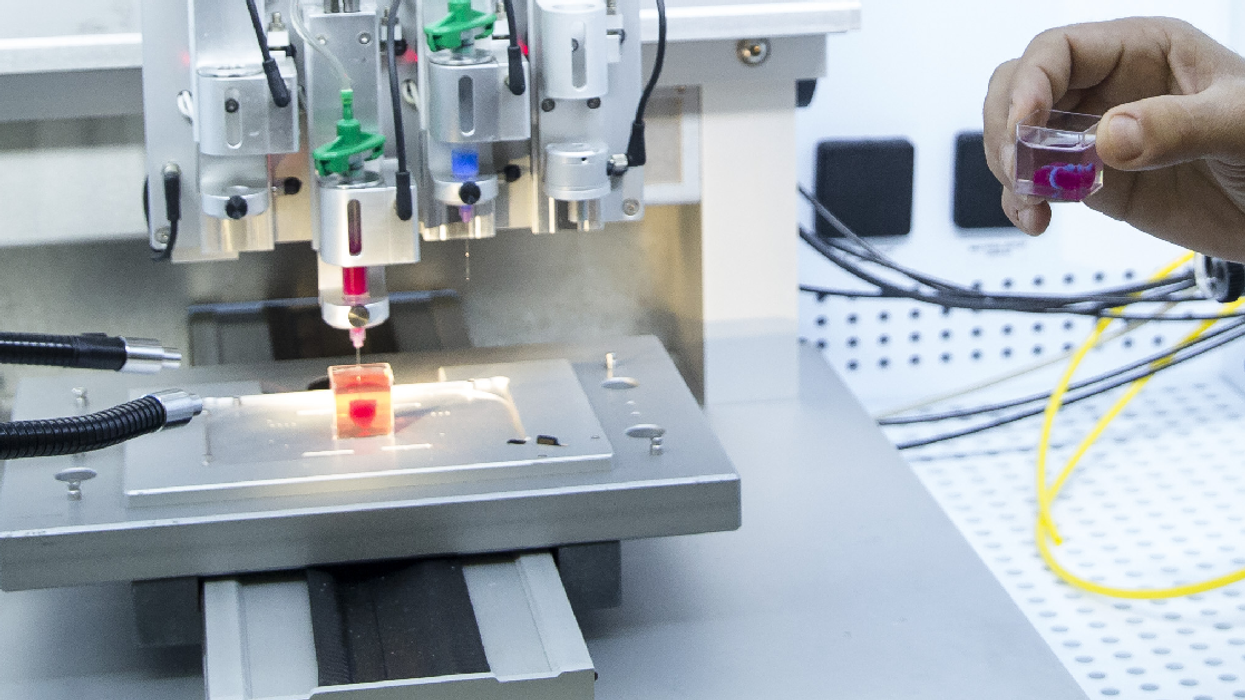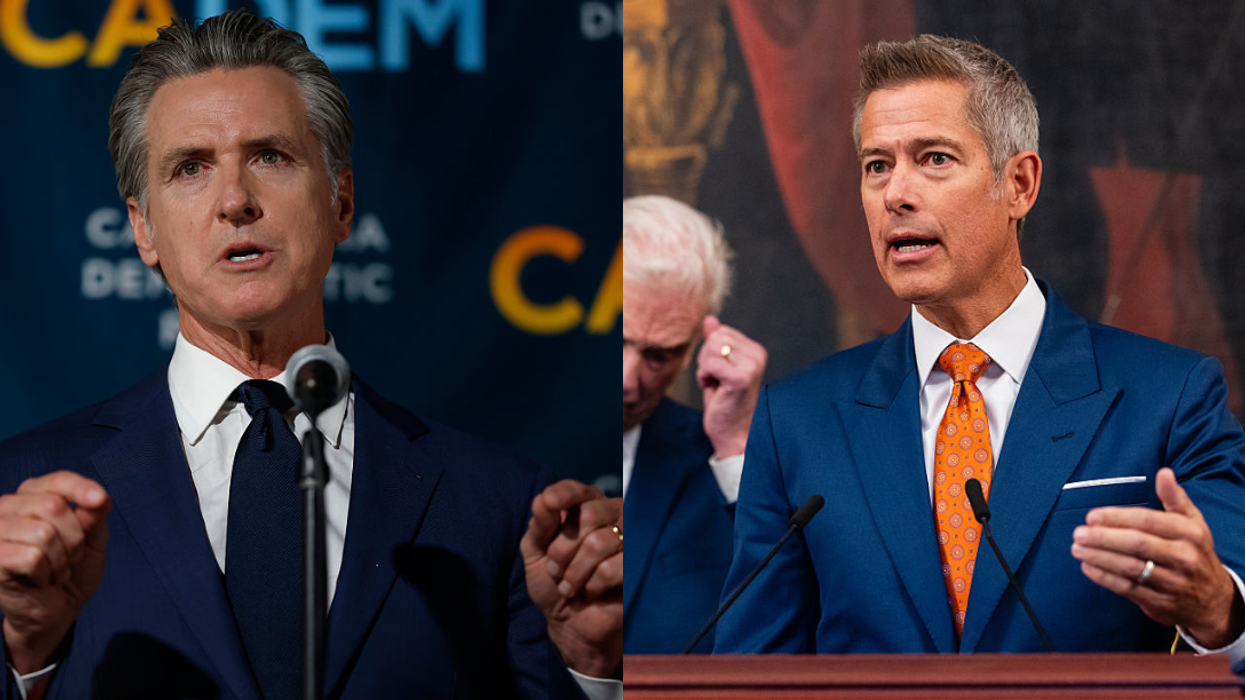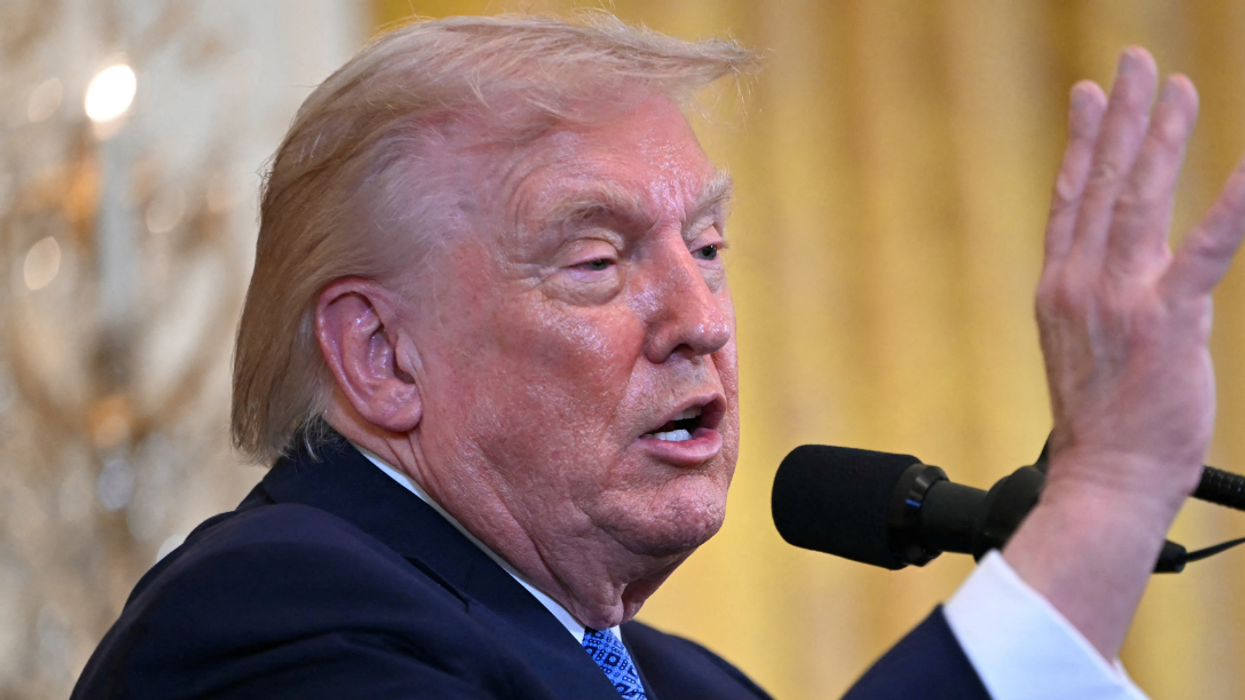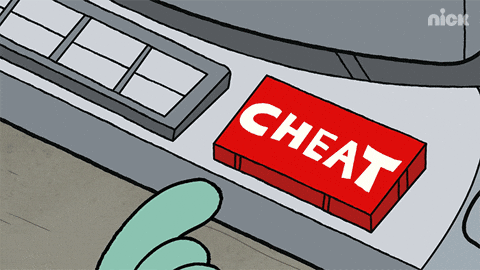A truly significant breakthrough has been made by scientists at Tel Aviv University.
The team has produced the first 3D printed heart, made from human cells, that includes all of the components of the heart, including blood vessels.
Professor Tal Dvir, from the Department of Materials Science and Engineering in the Center for Nanoscience and Nanotechnology in Tel Aviv University's School of Molecular Cell Biology and Biotechnology, told The Jerusalem Post:
"This is the first time anyone anywhere has successfully engineered and printed an entire heart replete with cells, blood vessels, ventricles and chambers."
The heart that was printed is the size of a rabbit heart, but this technology could soon be used to print human-sized organs.
Professor Dvir is hopeful about the evolution of the technology.
He said:
" People have managed to 3D-print the structure of a heart in the past, but not with cells or with blood vessels. Our results demonstrate the potential of our approach for engineering personalized tissue and organ replacement in the future."
"10 years, there will be organ printers in the finest hospitals around the world, and these procedures will be conducted routinely."
To create the "inks" used in printing the organ, scientists took a sample of fatty tissue from a donor. Then, they separated the cells from the extra cellular matrix (ECM).
The cells were reprogrammed to be pluripotent stem cells, while the ECM (the mixture of collagen and other macromolecules that forms the 3d framework around cells) was turned into "ink" for printing.
Scientists then mixed the cells with the "inks" and used these to print various things such as blood vessels and cardiac patches. These 3d printed versions are so useful because, unlike donated transplant tissue, a patient's immune system will recognize the cells as belonging to the patient.
After success with printing heart components, the team moved on to printing the whole, fully formed, heart.
People were quick to congratulate the scientists on their monumental achievement.
Others were amazed by the implications of the technology.
Scientists are still in the beginning stages of this technology.
It may be a decade before we reach the point of being able to print functioning human organs for transplant, but this breakthrough gives hope that that could one day be our reality.














 Hide Blanket GIF by Instanietje
Hide Blanket GIF by Instanietje  Foam Reaction GIF
Foam Reaction GIF  Mental Health Therapy GIF by All Better
Mental Health Therapy GIF by All Better 

 Friday Driving GIF by FIA World Rally Championship
Friday Driving GIF by FIA World Rally Championship  episode 11 bad food GIF
episode 11 bad food GIF  talking homer simpson GIF
talking homer simpson GIF 
 Cartoons Button GIF by Nickelodeon
Cartoons Button GIF by Nickelodeon 
 @DanTML_/YouTube
@DanTML_/YouTube @voeqx7894/YouTube
@voeqx7894/YouTube @hendrxx9593/YouTube
@hendrxx9593/YouTube @anakinskywalker8877/YouTube
@anakinskywalker8877/YouTube @getshiddonn/YouTube
@getshiddonn/YouTube @sachmanyo/YouTube
@sachmanyo/YouTube